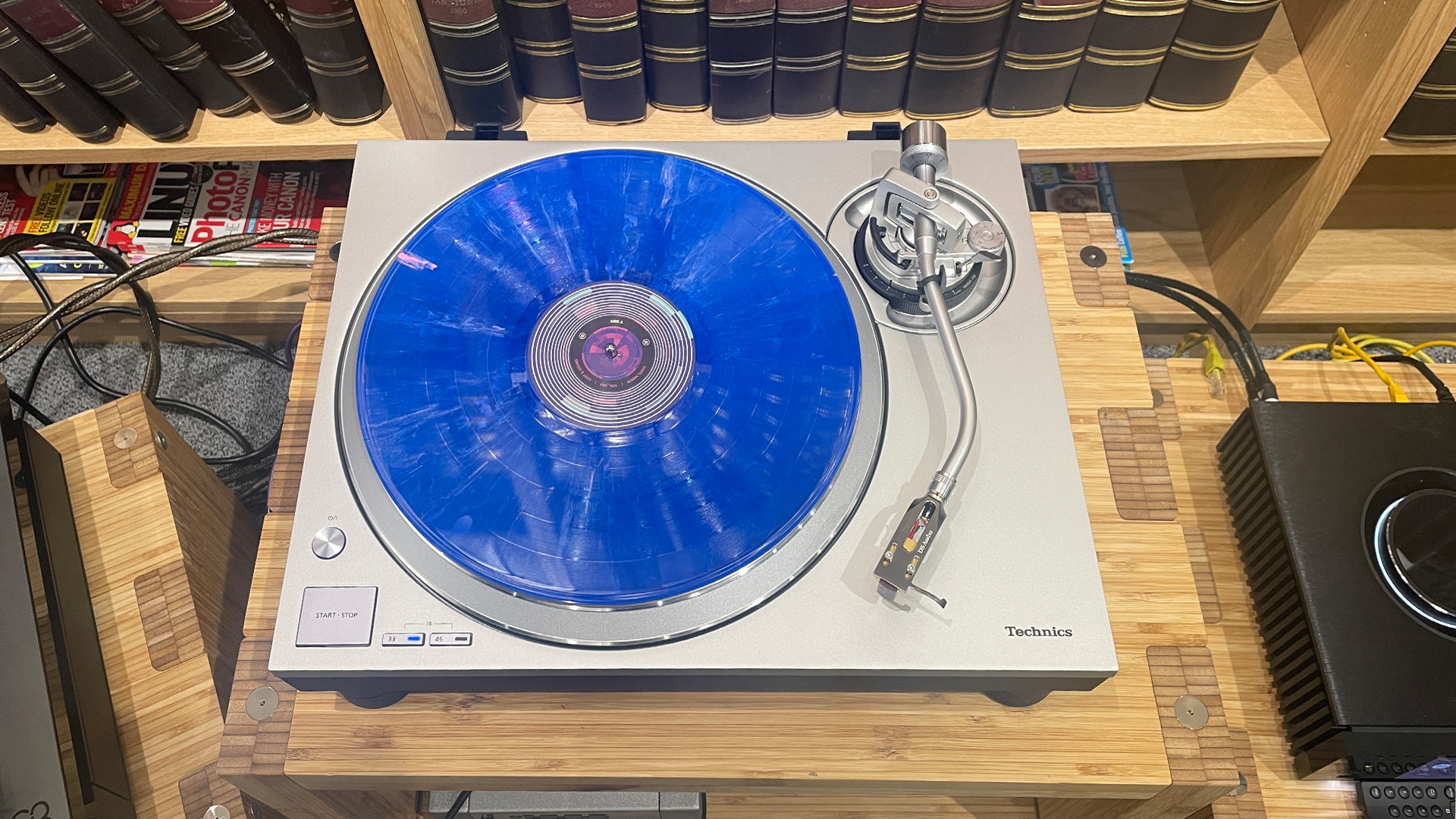What Hi-Fi? Verdict
The Technics SL-1300 is an appealing alternative to the usual audiophile alternatives
Pros
- +
Powerful and punchy presentation
- +
Impressive sonic stability
- +
Ease of use
- +
Substantial build
Cons
- -
Up against some tough competition
- -
Lift/lower mechanism feels vague and cheap
- -
Supplied signal leads are poor
Why you can trust What Hi-Fi?
Ask any budding DJ what their dream turntable is and we’re pretty sure a Technics would be high on their list. The brand’s range of direct-drive record players has carved out an enviable niche over the years, achieving almost legendary status in DJ circles thanks to their high-torque motors, tank-like build and canny range of features. It is fair to say these positive vibes carry through to the hi-fi side of things too.
The new SL-1300G is a particularly fine example of the breed that can stand toe-to-toe with the best of the competition without issue. Technics’ heavyweight engineering approach is so different from the low-mass belt-driven Rega Planar 8, its most obvious direct rival, that it is hard to see them appealing to the same person.
Build
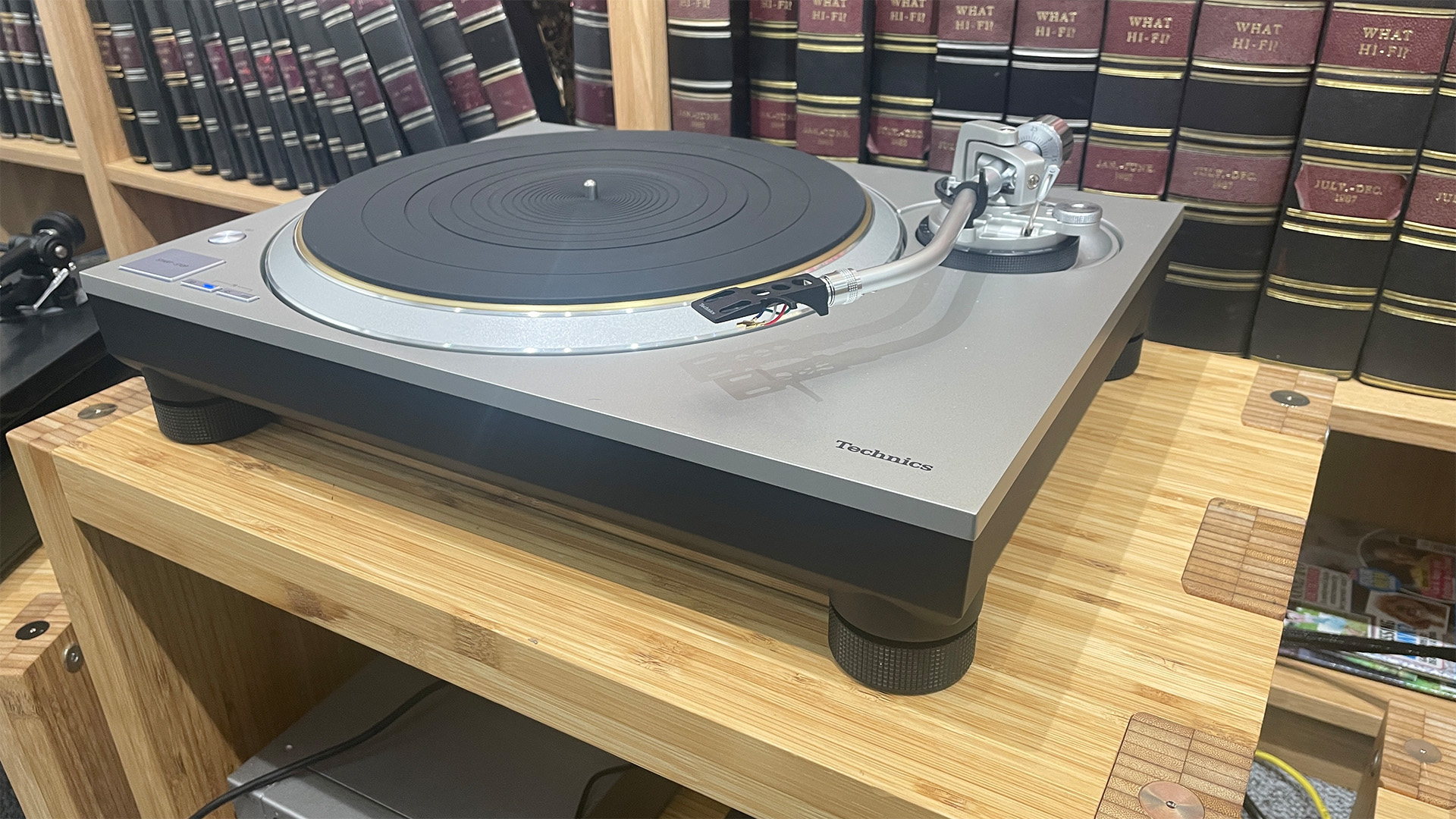
This is a deck that inspires confidence from the moment we take it out of the box. It’s a heavy unit at 13kg and feels as robust as you like. It comes supplied with a nicely engineered ‘S-shaped’ aluminium arm that feels admirably smooth and precise in use. The arm has a detachable headshell which makes changing cartridges a breeze once the initial set-up is done. However, all is not perfect. The lift/lower mechanism feels disappointingly cheap and vague, undermining the positive user experience a touch.
Unusually, Technics does not supply the SL-1300G with a fitted cartridge as many rivals do, though we have seen dealers offer the option. Consider the likes of Nagaoka’s MP200 (£449 / $449 / AU$649) a good starting point, though the deck is capable enough to make more ambitious options such as Vertere's Dark Sabre (£1450 / $1599) moving magnet viable too.
Design & engineering
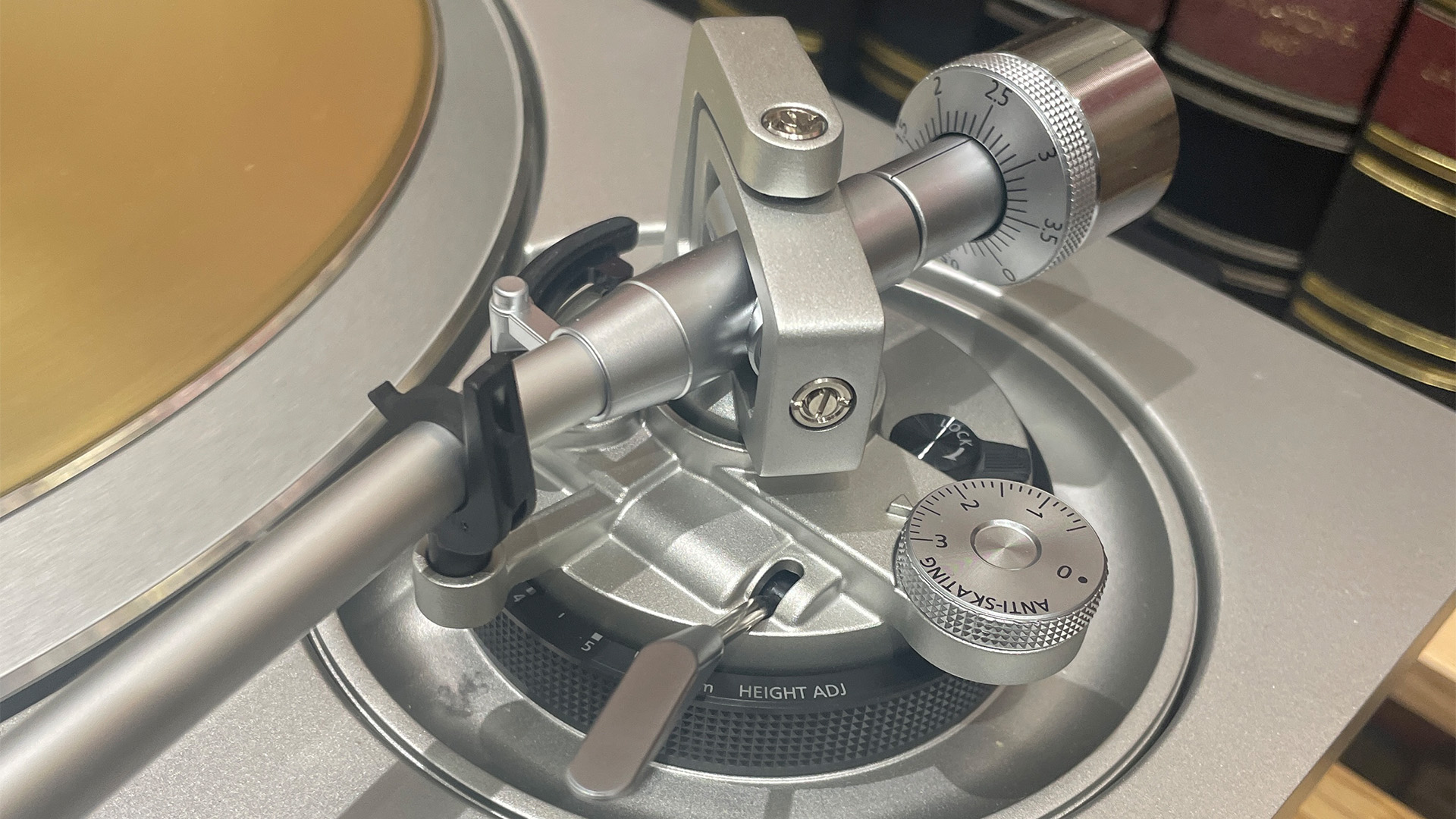
At the heart of this Technics is a newly-developed direct drive system that combines a twin-rotor motor with the recently developed Delta-Sigma Drive control. The motor is coreless, which eliminates the uneven rotational effect known as ‘cogging’, and the board that supports the stator coils is now double-sided and reinforced to improve rigidity, which allows the motor to run more smoothly. Technics is especially proud of its Delta-Sigma Drive system; a clever technology that uses the company’s extensive experience with PWM (Pulse Width Modulation) signal processing to provide the motor with a purer, low-noise power feed.
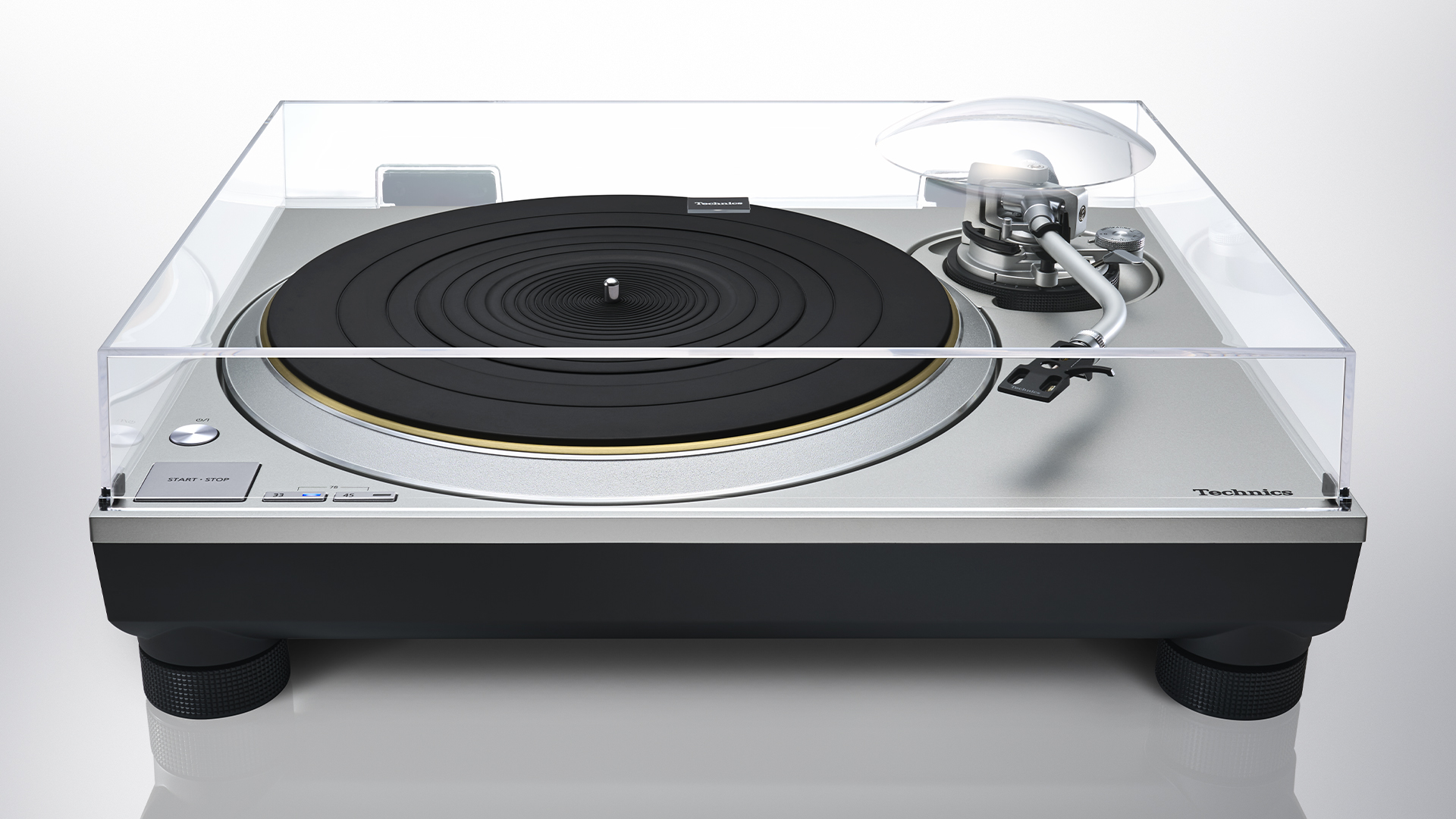
Type Direct drive
Operation Manual
Speeds 33⅓, 45, 78 rpm
Speed change Electronic
Cartridge? No
Phono stage? No
Bluetooth? No
USB? No
Dimensions (hwd) 17.3 x 45.3 x 37.2cm
Weight 13kg
Finishes x 2 (silver, black)
The foundation of the motor drive system is the power supply, of course. Here, engineers have used a high-frequency design that avoids the use of a large transformer (so avoiding the mechanical vibrations it generates) and is claimed to deliver "a stable supply with less rippling and humming". The power supply switching frequency of "above 100kHz" is far beyond the audible bandwidth and so shouldn’t adversely impact the SL-1300G’s sound.
A classy-looking triple-layer platter sits on the motor. It comprises a die-cast aluminium core topped by a brass weight, all damped by a dense rubber layer on the underside. There is a relatively heavy rubber mat that sits on top and that also helps to control resonances. The platter is dynamically balanced to ensure it doesn’t introduce any vibrations into the structure when spinning. This is this kind of obsessive attention to detail that breeds confidence in the product.
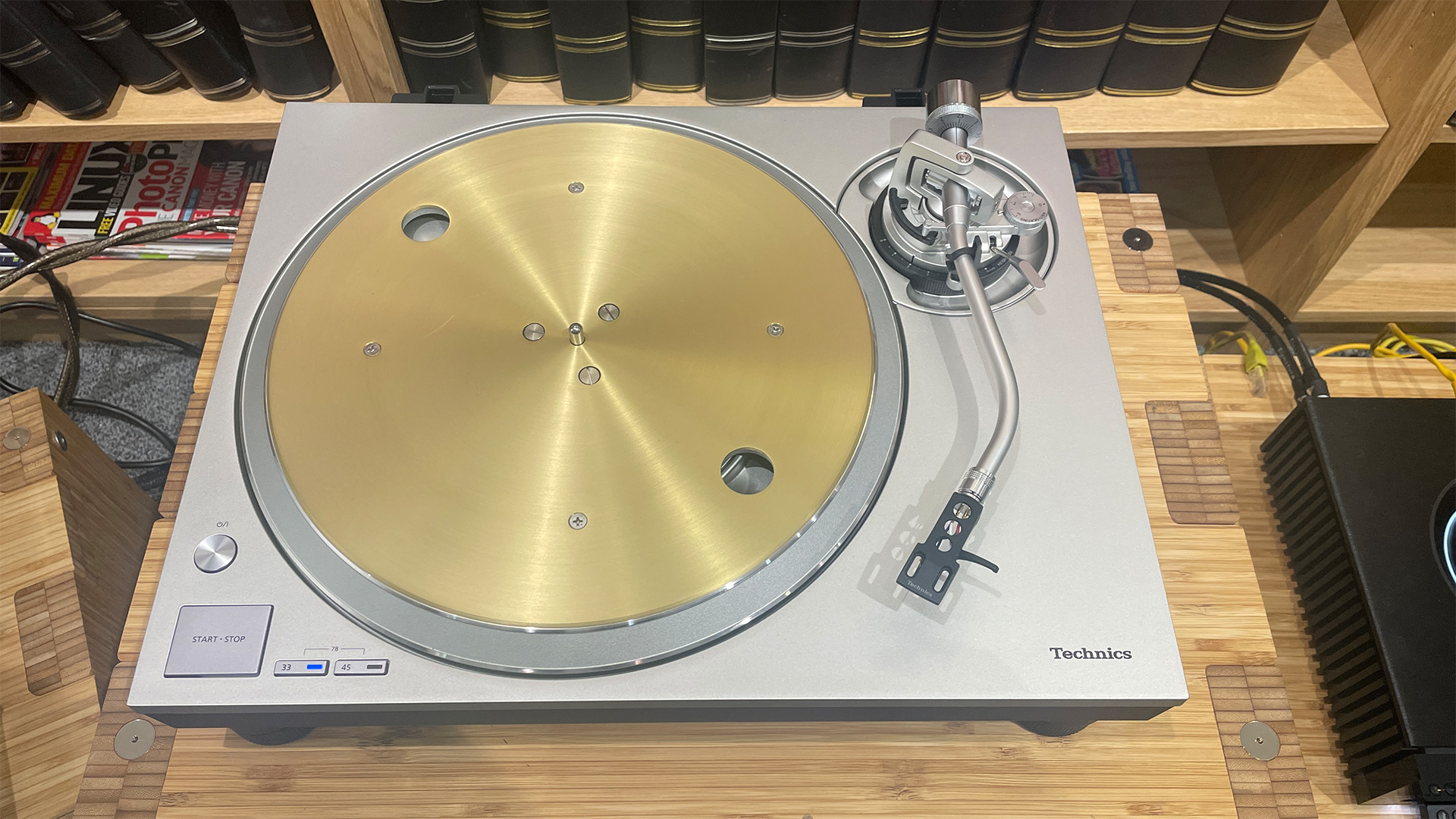
The SL-1300G’s plinth is substantial, using a combination of die-cast aluminium and BMC (Bulk Moulding Compound) to create an inert and solid environment for the cartridge to work. Its beautifully finished aluminium top panel is reinforced between the motor and tonearm for added rigidity and the deck sits on four easy-to-adjust feet that use silicon rubber in their construction to reduce the effect of external vibrations. The output connectors are tucked away underneath the plinth, and while that looks neat, it makes plugging in the signal leads a little awkward. If you buy one of these decks we suggest replacing the supplied signal leads as soon as possible; they are of low quality and degrade the sound notably.
Once up and running, the Technics SL-1300G is a breeze to use. It spins up to speed almost instantly with a minimum of fuss and noise. Conventional belt drive alternatives almost feel like they wheeze into action in comparison. Speed change is done at the press of a button, and 78rpm is on the menu alongside the usual 33⅓ and 45rpm options.
Compatibility
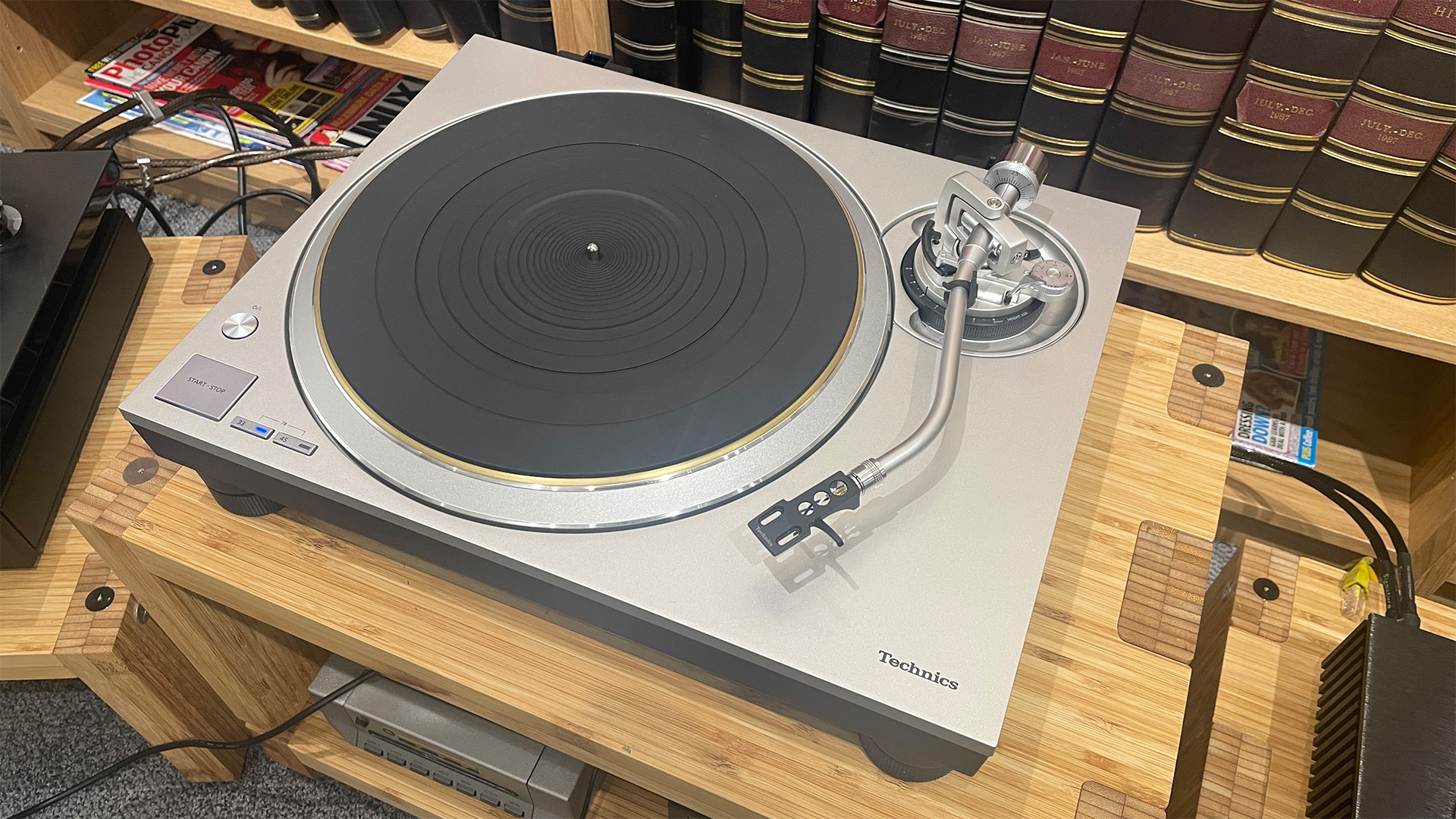
Like any turntable, the SL-1300G will benefit from a stable, rigid and low resonance support, though it is less sensitive to external vibrations than most alternatives we have come across. We connect it to our usual reference system of a Cyrus Phono Signature/PSX-R2 phono stage feeding a Burmester 088/911 MkIII amplifier and ATC SCM50 speakers. We also have a PMC Cor amp with Epos ES-14N speakers combination on hand as a more price-compatible option.
Cartridges? Our testing takes in the Nagaoka MP200 and the Vertere Dark Sabre, both moving magnet designs and, just to see how far the Technics can be pushed, a Kiseki Purpleheart moving coil cartridge, which costs about the same as the SL-1300G does.
Sound
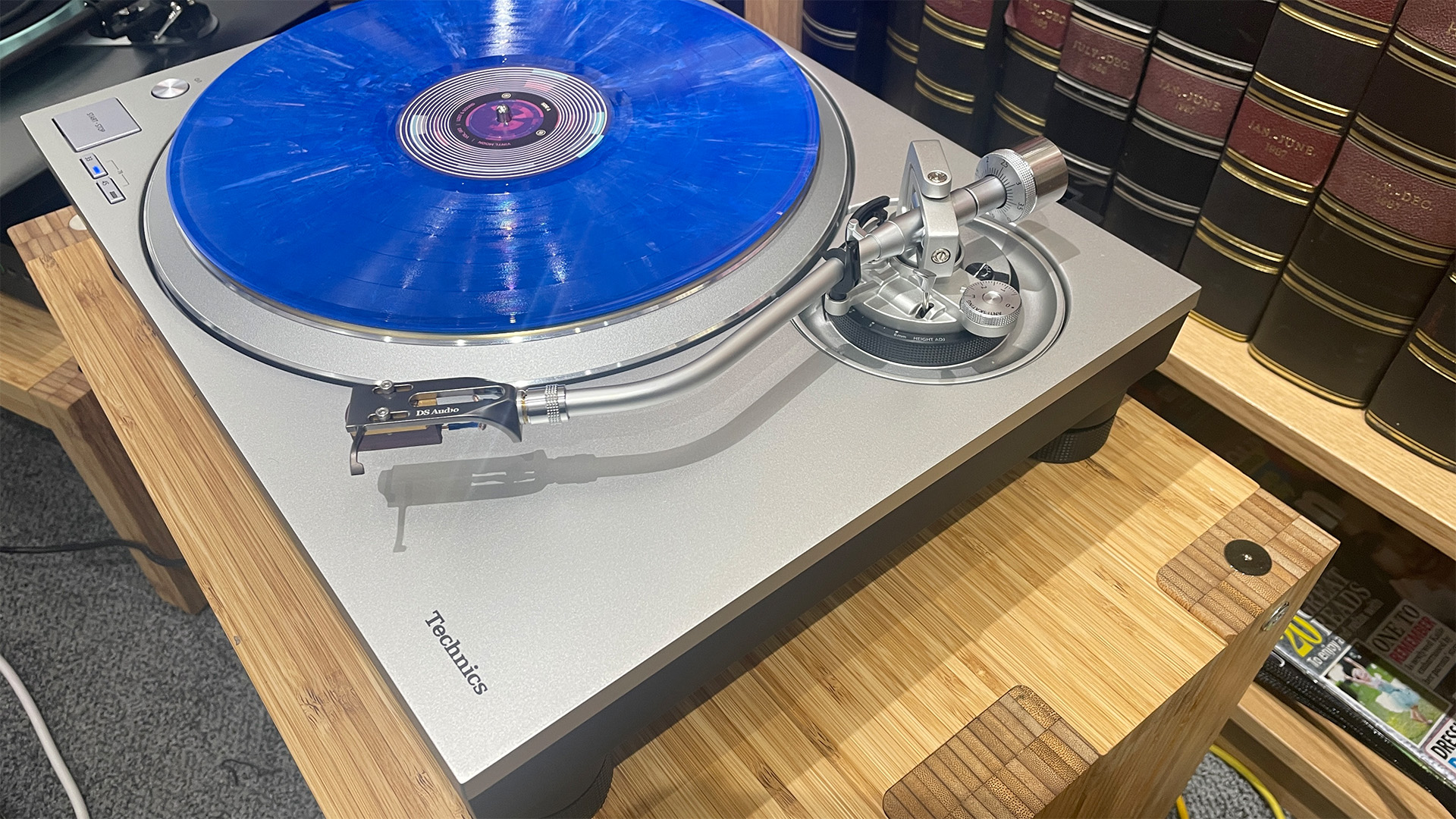
While this Technics is good, it isn’t quite to the level that justifies the use of the Kiseki. No surprise there. However, it does work superbly with the Nagaoka and Vertere. The SL-1300G has a generous, big-boned presentation that sounds unusually stable. Listen to Nitin Sawhney’s Human set and it is hard not to be impressed by the power and punch of the bass. It is full-bodied, nicely layered and delivered with class-leading slam. Higher up the frequency range, this record player proves a clear and well-organised performer. Vocals come through with clarity and are nicely separated from the rest of the mix. There is enough in the way of dynamic nuance to allow songs such as Fragile Wind to hit home with the emotional energy we would expect.
Rhythmically, there is no denying the Technics’ confidence and drive, though it sounds surefooted rather than exuberant. Rega’s Planar 8 is livelier and more articulate in general, though it lacks the SL-1300G’s authoritative and solidly planted presentation.
We switch genres to Beethoven’s 9th Symphony and the Technics shines thanks to a combination of scale and muscle. It communicates the majesty of an orchestra in full flow well, and has the composure to keep track of multiple instrumental strands without losing a grip. The tonality of a record player mostly comes down to the cartridge, and the SL-1300G does what any good turntable does and reflects the character of the one fitted.
Through this record player, large-scale dynamics are delivered with conviction while the orchestra feels grounded within the soundstage. Stereo imaging is wide and crisp, with instruments staying locked in place even when the music becomes demanding. Importantly, this Technics conveys the feel of the music well enough that its own sonic signature becomes of secondary importance. Like any good piece of hi-fi, it leaves our attention focused on the recording.
Verdict
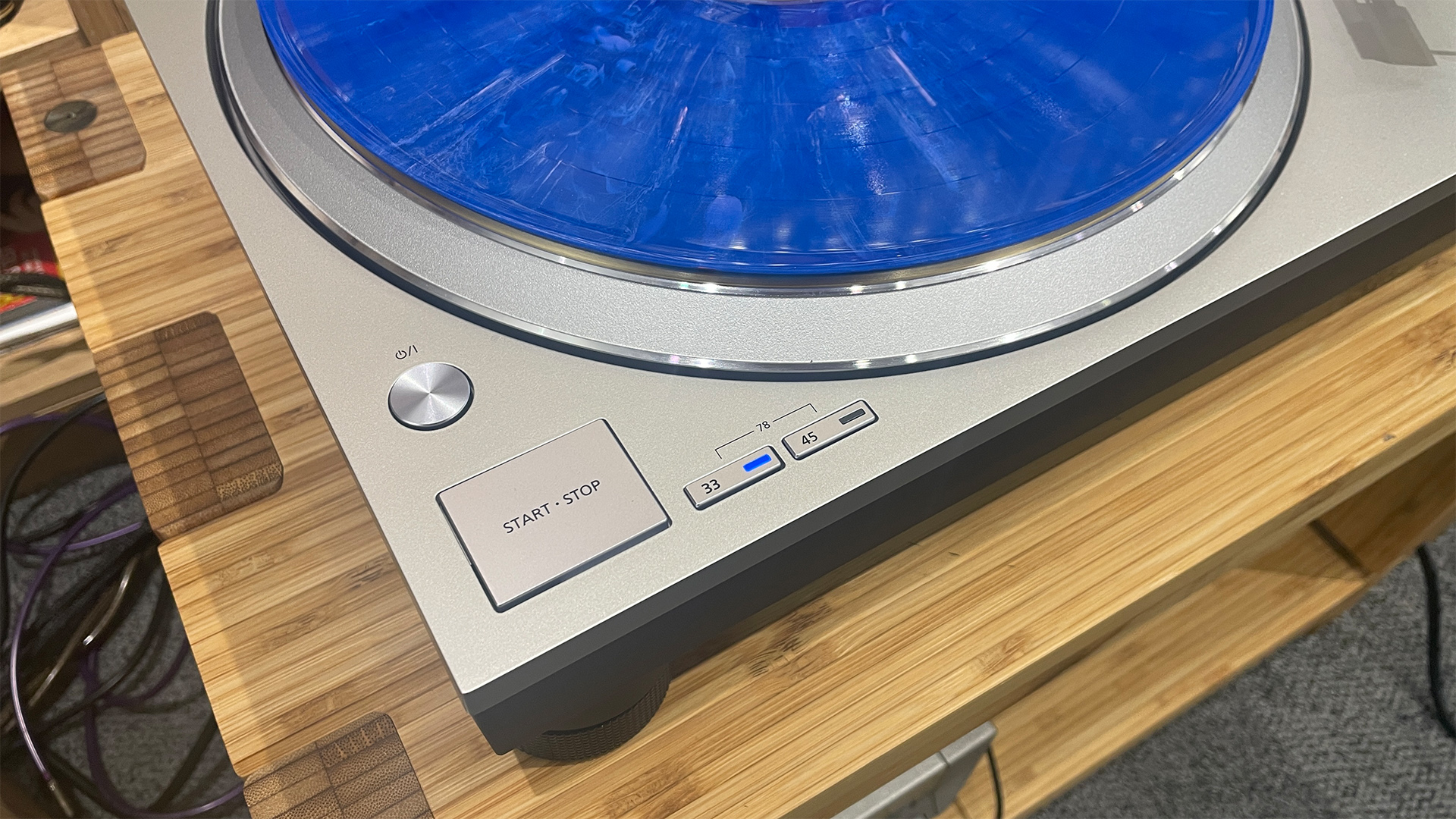
The Technics SL-1300G turntable is a great alternative to the existing class leaders. It is superbly made, easy to use and well-engineered. We love its fuss-free nature almost as much as its powerful and wonderfully stable sonic character. If you are looking for a record player at this level, this one deserves to be heard.
First reviewed: February 2025
SCORES
- Sound 5
- Build 5
- Features 5
MORE:
Read our review of the Rega Planar 8/Apheta 2
Also consider the Vertere DG-1 S/Magneto
Best turntables: top 9 record players tested by our expert reviewers
What Hi-Fi?, founded in 1976, is the world's leading independent guide to buying and owning hi-fi and home entertainment products. Our comprehensive tests help you buy the very best for your money, with our advice sections giving you step-by-step information on how to get even more from your music and movies. Everything is tested by our dedicated team of in-house reviewers in our custom-built test rooms in London, Reading and Bath. Our coveted five-star rating and Awards are recognised all over the world as the ultimate seal of approval, so you can buy with absolute confidence.
-
Friesiansam Poor signal leads on the Cons list. All very well but, how many buyers of near £3000 turntables, use the supplied leads anyway?Reply -
WhiteKnight2020 Reply
"Clogging"????What Hi-Fi? said:Technic’s direct-drive SL-1300G turntable is an unfussy and tempting alternative to the belt-driven establishment.
Technics SL-1300G : Read more
The word you are searching in vain for is *cogging*. -
Friesiansam Reply
Maybe he wears traditional Lancashire footwear...WhiteKnight2020 said:"Clogging"????
The word you are searching in vain for is *cogging*.
